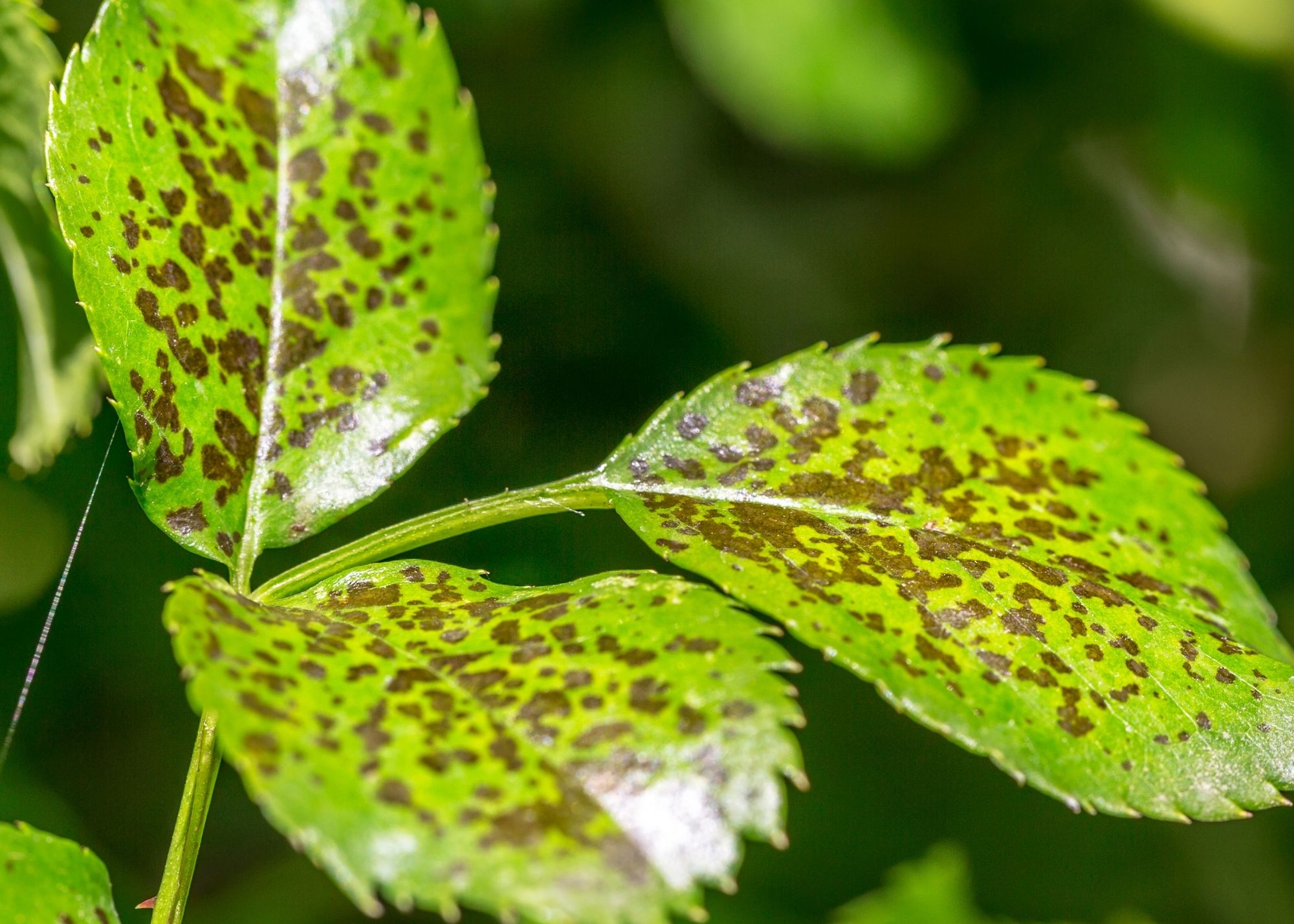Florida Plant Diseases

Unfortunately, Central Florida's hot, humid summers are ideal for many outdoor plant diseases. High temperatures, frequent rain, and persistent moisture support the rapid growth and spread of fungi, bacteria, and viruses, posing serious threats to ornamental plants, vegetables, fruits, and landscape trees. Understanding the most common plant diseases and how to manage them is crucial for gardeners and landscapers during the summer months.
Fungal diseases are the most prevalent in Florida's summer climate. One of the most common is powdery mildew, which affects a wide range of plants including roses, crape myrtle, squash, and cucumbers. Despite its name, powdery mildew thrives in humid but not necessarily wet conditions and appears as white or gray powdery spots on leaves and stems. Another widespread fungal issue is downy mildew, which thrives in cooler, wet conditions and causes yellowing and wilting in plants like basil and lettuce.
Leaf spot diseases, caused by various fungi, are also rampant. These diseases present as small brown, black, or tan spots on leaves, often surrounded by yellow halos. Over time, infected leaves drop prematurely, weakening the plant. Commonly affected plants include hibiscus, tomatoes, and ornamental shrubs like Indian hawthorn.
Root rot is another serious fungal disease. It affects plants in poorly drained or waterlogged soil, particularly after heavy summer rains. Symptoms include yellowing leaves, stunted growth, and a foul smell from the soil. Once established, root rot is difficult to manage and may require removal of the plant and soil remediation.
Bacterial diseases also pose a threat in Florida's summer. Bacterial leaf spot and bacterial wilt are especially damaging to vegetable gardens. Leaf spot causes water-soaked lesions that eventually turn brown and spread rapidly. Bacterial wilt, often spread by insects like cucumber beetles, leads to sudden wilting and death of the entire plant. These diseases are particularly devastating in tomatoes, peppers, and cucurbits.
Viral diseases such as tomato spotted wilt virus ( and cucumber mosaic virus can also become widespread, especially when insect vectors like thrips and aphids are active. Symptoms include distorted or mottled leaves, stunted growth, and poor fruit development. Viral diseases are incurable, so prevention through insect control and resistant varieties is key.
Management strategies include proper cultural practices: ensuring good air circulation, using disease-resistant plant varieties, applying mulch to reduce soil splash, and watering at the base of plants to keep foliage dry. Fungicides and bactericides may help when applied early and as part of an integrated pest management approach. Removing and destroying infected plant material can also help slow the spread of the disease.
Florida's summer climate presents significant challenges for plant health due to the abundance of heat- and moisture-loving pathogens. Gardeners must remain vigilant and proactive in monitoring, prevention, and treatment to maintain healthy outdoor plants during the peak disease season.
Contact ELT Landscape for help dealing with diseases.
